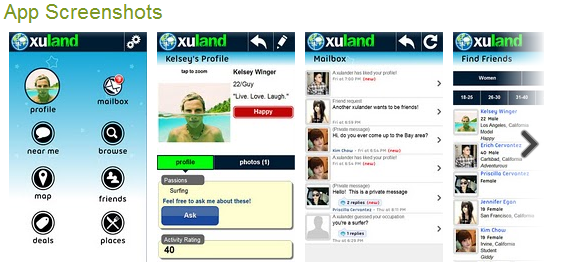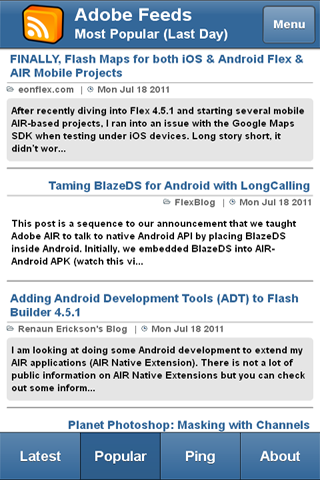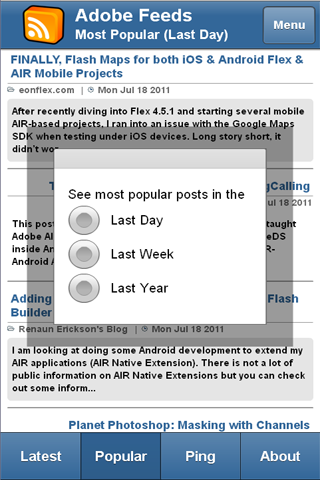Apache Flex 4.11 Released!
Apache Flex 4.11 Released!
The Apache Flex project, the all-volunteer group of developers, and stakeholders in the development framework, today announced the release of Apache Flex 4.11.0. This release makes some important improvements over previous versions of Apache Flex and Adobe Flex including new and improved components and performance enhancements.
What’s new in Apache Flex v4.11.0?
The Apache Flex 4.11.0 SDK allows application developers to build expressive web and mobile applications using MXML for layout and ActionScript 3, an ECMAScript based language for client-side scripting.
The Apache Flex 4.11.0 release contains many improvements that professional software development teams will appreciate. This advances the framework forward. It is truly one of the best cross-platform programming languages used to write applications that are testable and can be compiled to run on multiple technology platforms from a single set of code.
Apache Flex 4.11.0 highlights include:
Support Flash Player 11.9.
Support for AIR 3.9.
120 and 640 dpi mobile resolution/skin support, fixes to 480dpi skins.
mx:AdvancedDataGrid and mx:DataGrid speed improvements.
Added column sort type access to the datagrid columns in mx:Datagrid, s:Datagrid, and mx:AdvancedDataGrid.
Able to easily change mx:AdvancedDataGrid row and column item renderer spanning.
s:DataGridEditor will now be visible in ASDocs and be visible in the Tag inspector.
Minor changes to make SDK compile with Falcon compiler.
Added access to imageDecodingPolicy in BitmapImage.
Changed UIComponent removedFromStageHandler from private to protected to allow override
New experimental mobile spark datagrid.
Updated OSMF swc to latest version (2.0)
Renamed experimental supportClazzes package to be supportClasses.
Mobile Callout moved to spark and can be used in Desktop and Browser apps.
Support for [Experimental] metadata tag.
Over 50 bugs/issues were closed with this release
Apache Flex is available in source form from the following download page:
http://flex.apache.org/download-source.html
If you are a developer that wishes to use the Apache Flex SDK in your projects, it is recommended you install Apache Flex by using the Apache Flex IDE installer:
http://flex.apache.org/installer.html
When downloading from a mirror site, please remember to verify the downloads using signatures or MD5 hashes.
For more information on Apache Flex, visit the project home page:
http://flex.apache.org



















Recent Comments